Vapor barriers work by regulating moisture flow at a molecular level. If used with insulation, this shield may reduce the risks of moisture-related problems within spaces. Now perhaps you’re wondering if you need to install a vapor barrier with cellulose insulation. We consulted with industry experts to help you in that regard.
Cellulose insulation may or may not need a vapor barrier. This requirement generally depends on certain factors such as the home’s location. Properties in areas experiencing frequent wet weather may need vapor retarders with their insulating agents. However, it’s also important to apply proper ventilation to prevent moisture-related issues like mold growth.
Homeowners can still save and reuse wet cellulose insulation if they act fast. Preventive measures also exist to help reduce these events from occurring. Keep reading to learn more about the need for a vapor barrier in cellulose-insulated homes. We'll also tackle one way to help you prevent water leaks into your home that would otherwise damage the insulation.
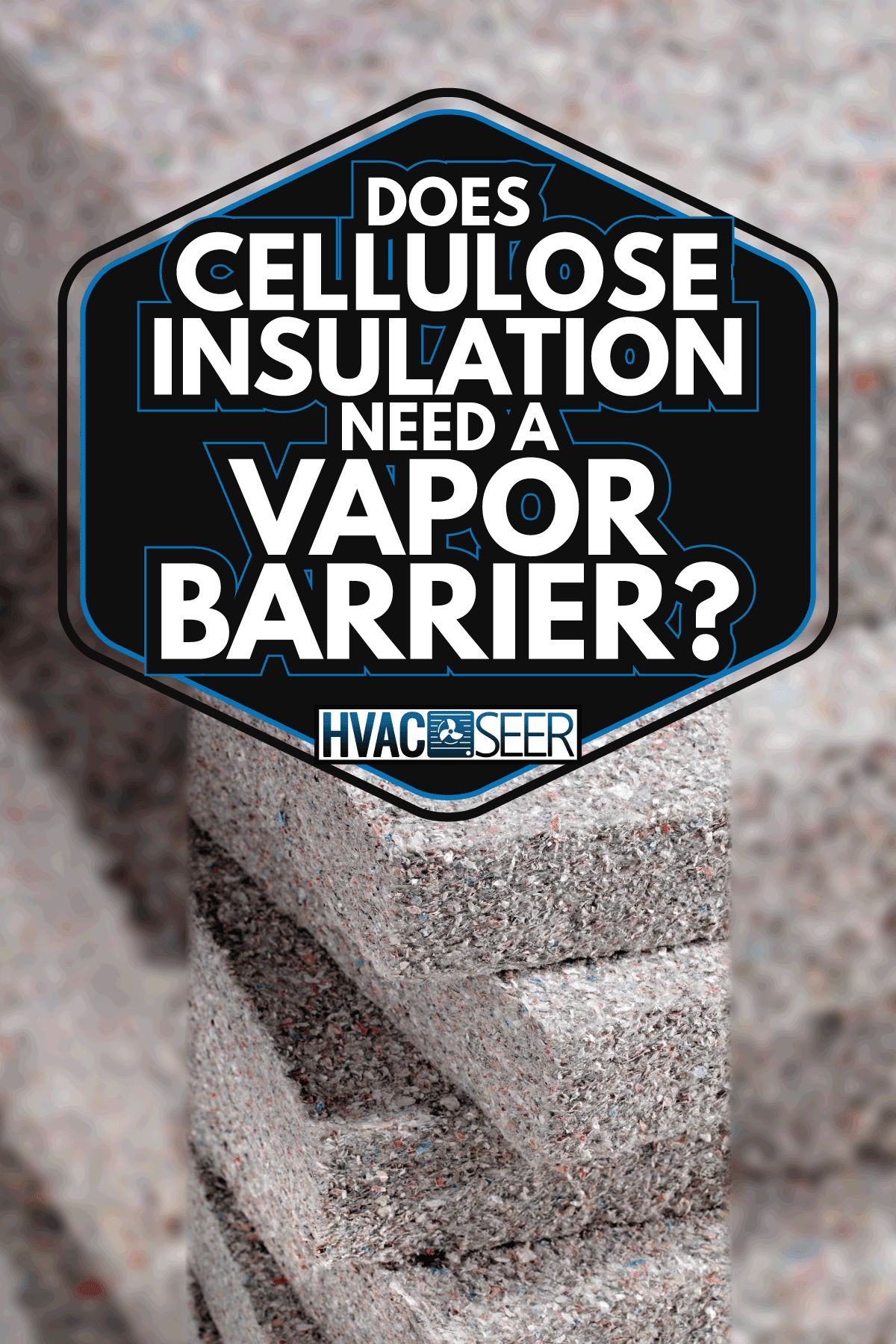
Is Cellulose Insulation Permeable?
Cellulose insulation is a class III vapor retarder, which means its permeability decreases if the trapped moisture content increases. Permeability levels can also depend on specific cellulose insulation constructions. Certain models can provide excellent air permeability while supplying sufficient moisture resistance without significant risks of bulging.
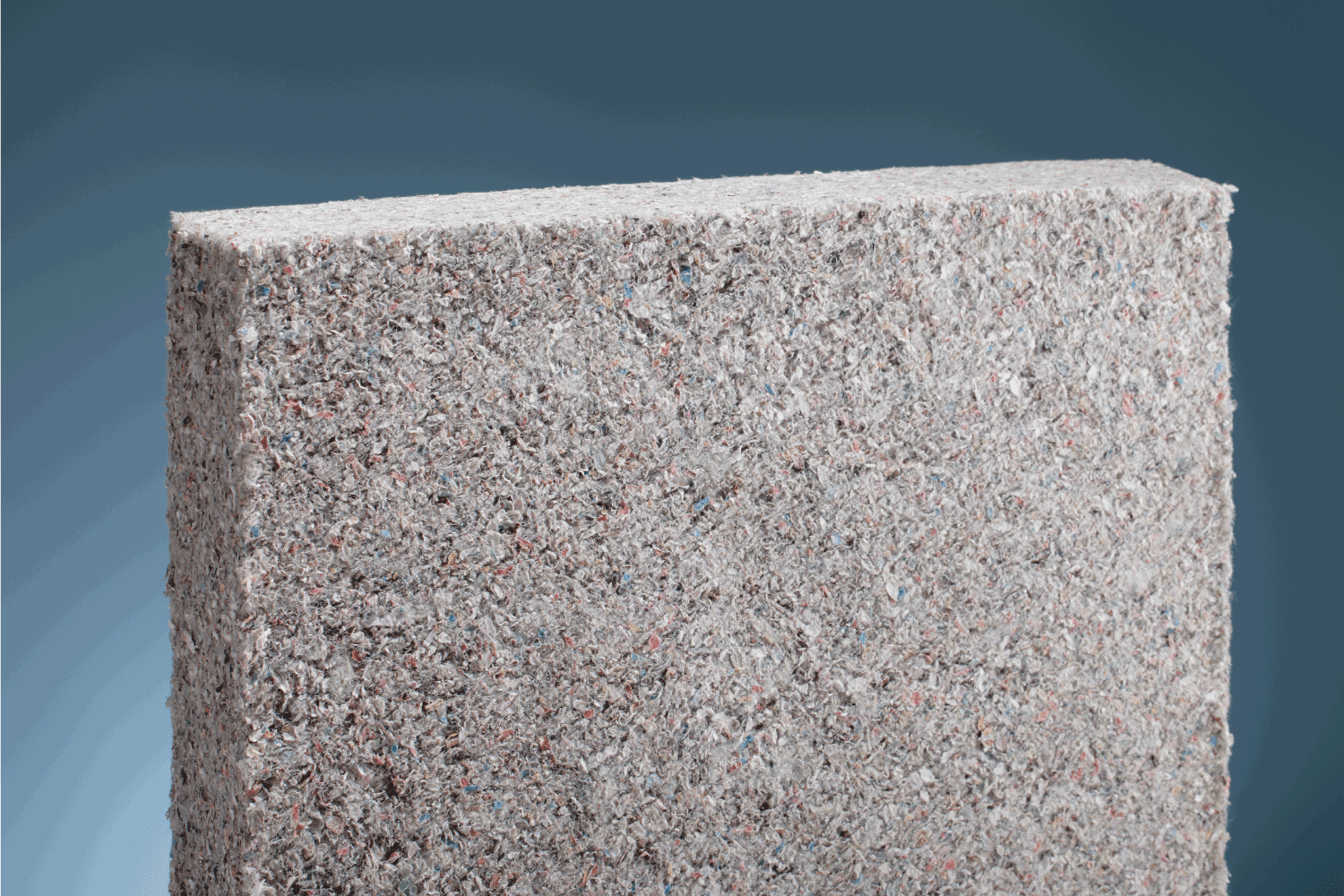
When To Install Vapor Barriers In Cellulose Insulated Homes?
The requirement for a vapor barrier for cellulose insulation depends on different factors, including the home’s geographic location. For example, studies show that many insulated homes in Spokane, WA, don’t need vapor barriers. This city has a fairly comfortable climate and doesn’t experience wet weather, such as heavy rain, frequently.
Also, take note that cellulose insulation generally wicks excessive amounts of moisture to nearby surfaces. However, it can only handle this particular task to a degree. This material may still trap moisture, which can promote issues if the space doesn’t promote adequate ventilation.
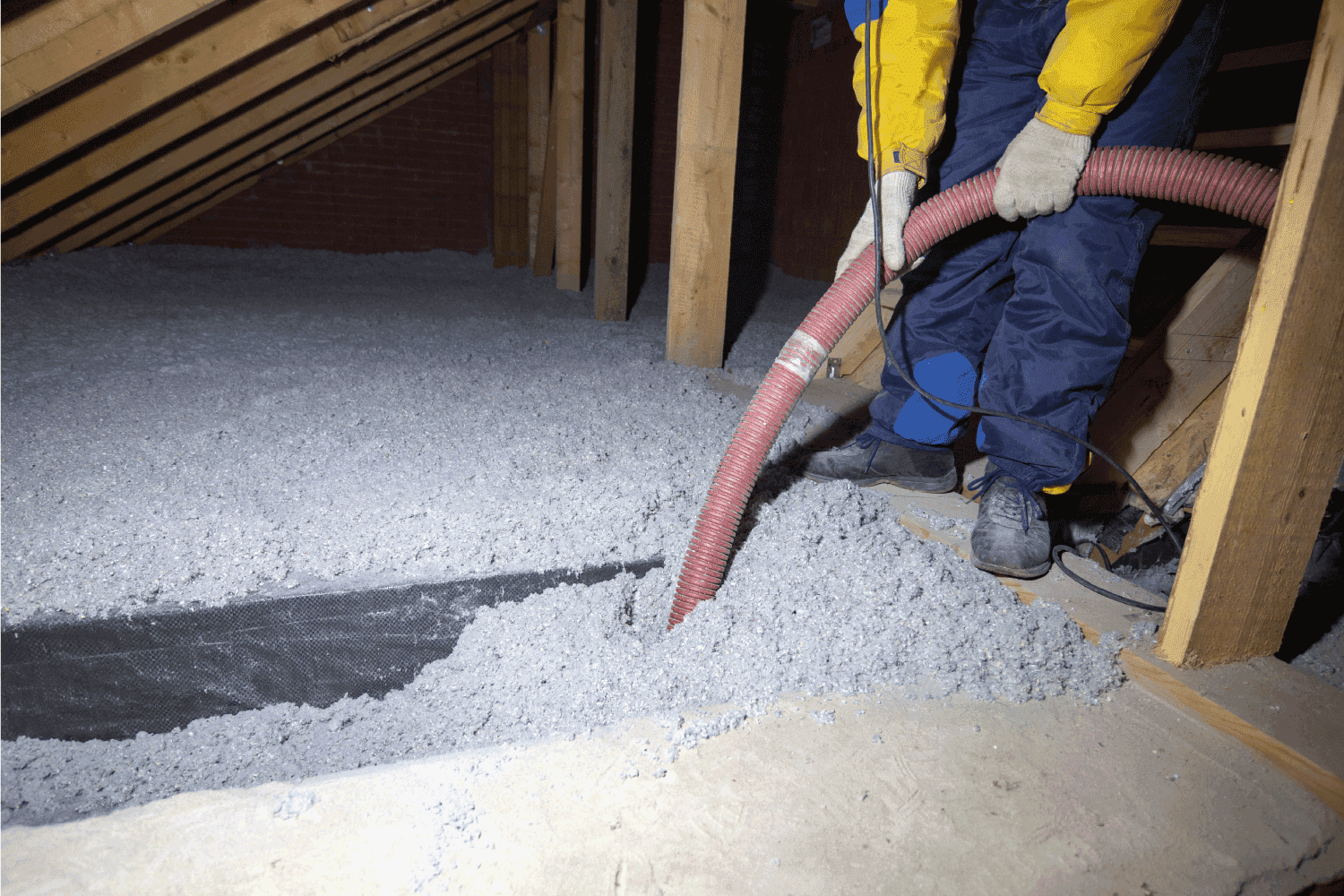
In turn, it’s best to use vapor barriers or retarders for cellulose insulated homes, particularly those located in reasonably wet regions. However, homeowners should still value the importance of adding proper ventilation to insulated areas to reduce the risks of moisture getting trapped in adjacent spaces.
Here are some examples of cities in the US with the wettest weather:
- New Orleans, LA
- Miami, FL
- Birmingham, AL
- Memphis, TN
- Jacksonville, FL
Is Cellulose Mold Resistant?
Cellulose insulation is mold resistant. However, the onset of mold growing in cellulose insulation rarely happens without direct contact with water. Therefore, spaces with proper sealing shouldn’t experience increased risks of contracting mold and mildew problems with installed cellulose insulation.
Keep in mind that blown-in cellulose insulation often uses Boric acid as part of its construction. This substance has a high resistance to mold and mildew. However, if the property is located in a particularly wet area, and the cellulose insulation is in a damp or humid location like a crawl space, boric acid may leak out of the insulation.
If that event happens, mold can treat Boric acid as a food source. With enough moisture content in the surroundings, along with the existence of a new food source, mold can spread through these enclosed spaces.
Houses that experience wet climates may also contemplate substituting cellulose insulation for fiberglass batts. Fiberglass might be more resistant to mold growth than cellulose. The reason being wet cellulose seems to be a more attractive food source for molds than fiberglass.
To learn more about blown-in cellulose insulation’s resistance to mold, read through this post: Is Cellulose Insulation Mold-Resistant?
Check out this fiberglass duct insulation wrap on Amazon.
What Happens If Cellulose Insulation Gets Wet?
A portion of cellulose insulation getting wet might not be a great cause for concern. Homeowners can remove the damp part and let it air dry for a few days. But if the acquired wetness is extensive, the material can harbor mold. If so, one of the best options is to remove the wet insulation and replace it with a new and dry unit.
Can Wet Cellulose Insulation Dry Out?
Cellulose insulation can dry after getting wet. The material can be saved from irreparable damage if homeowners act within 48 hours. Waiting longer than that period can significantly increase the risks of mold and mildew growth.
For more information about the rate at which cellulose insulation dries, read this post: How Long Does Cellulose Insulation Take To Dry?
What To Do If Cellulose Insulation Gets Wet?
Cellulose insulation generally has a fibrous construction because of the use of materials like recycled newspapers. Minimal water damage may not require human intervention since this type of insulation can dry on its own.
On the other hand, it's important to act as fast as possible if signs of significant moisture damage to insulation exist. Homeowners that act quickly may lay out the wet cellulose on flat and dry surfaces for about 10 days. In certain cases, the drying time can take longer than that period.
If successful, reinstallation of the insulating material is possible. However, it might be best to replace it with a new unit if spending allowances allow.
How To Keep Cellulose Insulation Dry?
Wet insulation can become the foundation of a lower R-Value, which is the coefficient for measuring the thermal resisting efficacy of insulating agents. Take note that insulation with a high R-Value often has a better heat resistance and temperature staying prowess than a variant with a low coefficient.
One of the many ways to ensure cellulose insulation remains dry is to install seamless gutters. Here’s a quick guide on how to accomplish this project:
What You’ll Need
- Seamless gutters
- Rivet gun
- 1/8-inch rivets
- Measuring tape
- Hacksaw
- Downspout outlets
- Gutter sealant
- Hex screws
- Gutter flashing
- Drill
- Ladder
- End caps
- Hammer and nails
Step-By-Step Guide
- Climb to the roof with the ladder.
- Investigate the fascia to ensure it can support the new gutter system. If it can, proceed to the next step. Otherwise, repair or replace the fascia first before proceeding.
- If you’re installing new gutters, measure the length of each side of the house with the measuring tape.
- Otherwise, if you’re replacing old gutters, use the measuring tape to acquire the length of the old or worn units.
- Mark ¼-inch below the measuring tape at every 10-foot of measurement. This placement ensures the gutters’ slope will be at least ½-inch at every 10 feet.
- Cut the seamless gutters to the appropriate lengths with the hacksaw.
- Determine the location of the downspouts and measure their appropriate lengths.
- Center the downspouts’ outlets and trace them onto the gutters.
- Use the hacksaw to cut 1/16-inch outside of the traced line.
- Pre-drill 1/8-inch holes into the outlet.
- Apply gutter sealant around the outlet.
- Attach the opening and secure it to the gutter with rivets.
- Install the end caps that don’t have downspouts.
- Line each gutter up to the roof’s slope and install them by attaching hex screws at every 2 feet.
- Slide the gutter flashing underneath the shingles and secure it with nails.
- Install gutter hangers to keep the setup in place.
You may also watch the video below to see how to replace an old gutter with a seamless model:
Other Ways To Prevent Moisture Problems To Insulation
Aside from installing seamless gutters, homeowners may also choose to apply some of these precautionary actions:
- Fix leaks. Seal air gaps and provide adequate roof ventilation.
- Frequent roof maintenance. Checking the roof for early signs of water damage can help prevent long-term and costly damages.
- Install retractable awnings. These accessories can help protect different parts of the house from moisture damage.
Check out this aluminum gutter guard on Amazon.
How To Reuse Blown-In Insulation?
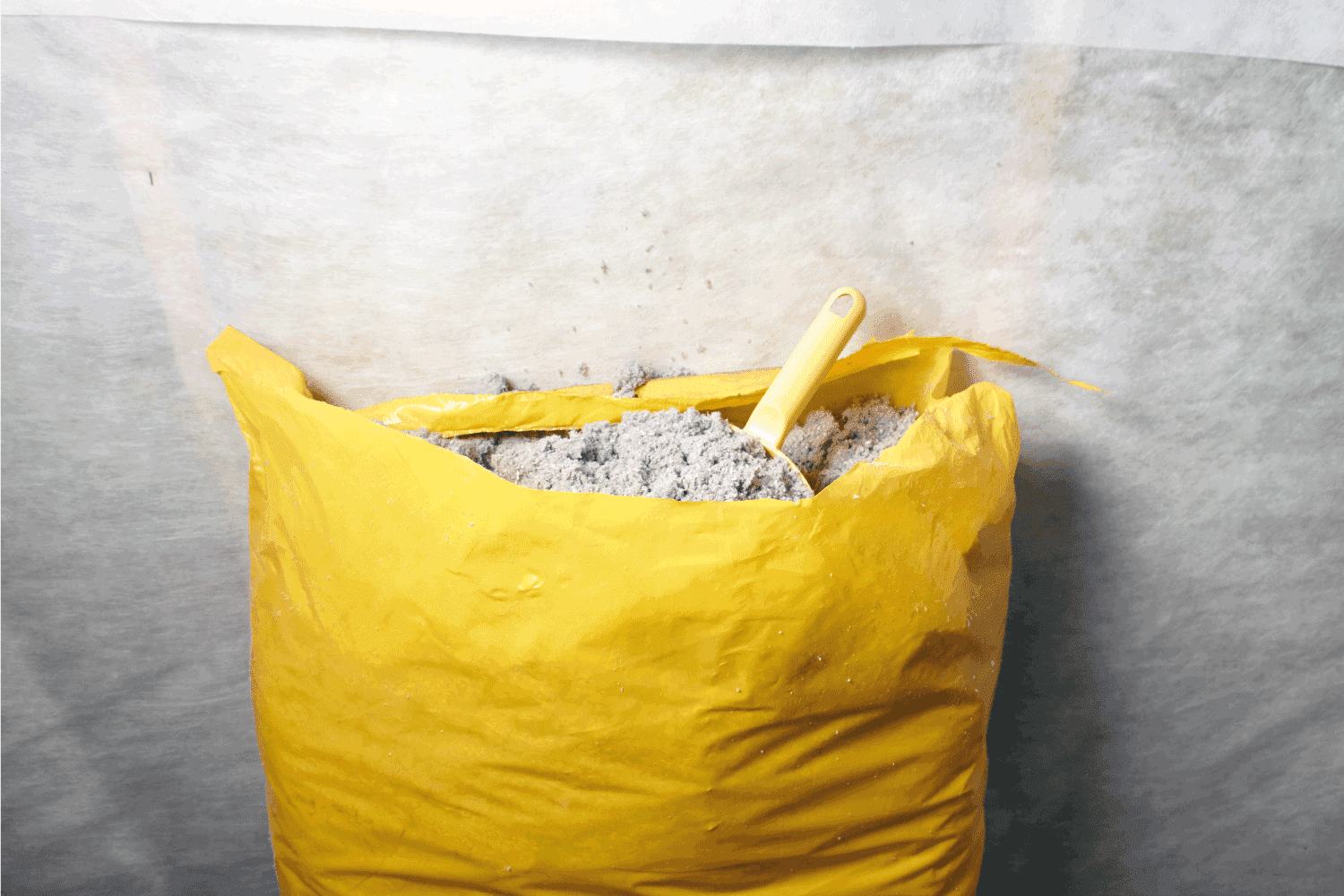
It’s possible to reuse blown-in insulation if the material didn’t contract significant damages. But homeowners may want to take advantage of professional services for this project.
It’s because reusing or recycling insulating agents, especially cellulose, often requires special equipment like a large vacuum and relatively giant vacuum bags. Mishandling these pieces of equipment can promote more expenses for inexperienced lot owners.
How Long Will Cellulose Insulation Last?
Generally, cellulose insulation should last about 20 to 30 years. This insulating agent is usually made from recycled newsprint, which does reasonably well in blocking air, heat, and moisture from entering spaces.
However, the lifespan of cellulose insulation usually pales in comparison with fiberglass insulation. Unless damaged, fiberglass insulating materials have a shelf life range of approximately 80 to 100 years.
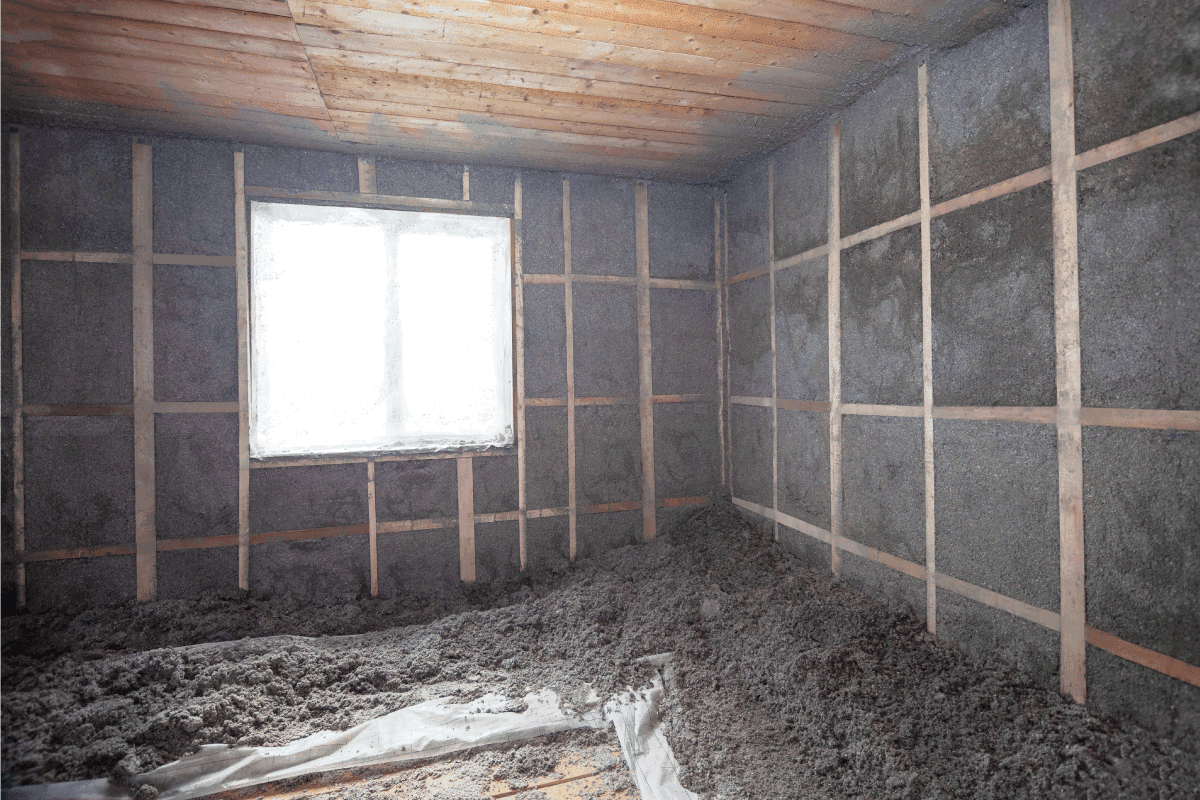
Final Thoughts
One factor to think about if a cellulose-insulated house needs a vapor barrier is the property's geographic location. Homes experiencing relatively wet climates may need vapor retarders for their insulating materials.
However, lot owners should also provide adequate ventilation to their spaces. Otherwise, cellulose insulation can still trap moisture, which would otherwise lead to problems like mold growth. Applying preventive actions like installing seamless gutters can help reduce these risks.


